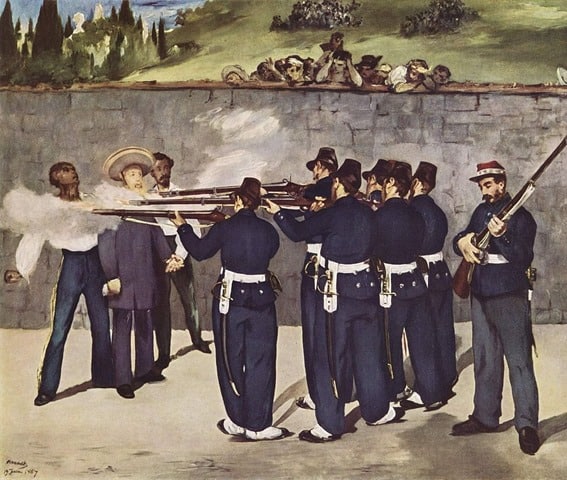The Chief Judge of the Patent and Trademark Appeals Board (PTAB) has admitted that its reputation as a “death squad” for patents isn’t without merit. In a question-and-answer session last October at the annual meeting of the American Intellectual Property Law Association, former Federal Circuit Judge Randall Rader remarked that there was a tension inherent in the US Patent and Trademark Office, which both issues patents and can “kill” them via administrative hearings:
“There’s a tension throughout the system … you’ve got an agency with 7,000 people giving birth to property rights, and then you’ve got, in the same agency, 300 or so people on the back end … acting as death squads, kind of killing property rights.”
PTAB Chief Judge James Smith told the US Patent and Trademark Office’s Patent Public Advisory Committee that although the “death squad” label has been used by the PTAB’s critics, the term in some ways adequately describes the PTAB’s mission, given to it by Congress under the America Invents Act (AIA). Judge Smith said, “The purpose of the proceedings is to identify some limited number of patents and claims that are unpatentable and make sure the claims are removed. If we weren’t, in part, doing some ‘death squadding,’ we would not be doing what the statute calls on us to do.” He doesn’t even think that the “death squad” label is as negative as it may have been meant: “Clearly, the statistics show not every claim in a patent brought forward to the board has met its death because it has been raised in a petition.”
The PTAB’s “death rate” has been on the decline in the past year, possibly because some of the weakest patents were challenged – and “killed” – earlier in the process. In fiscal 2013, the PTAB instituted 167 reviews of previously granted patents and denied 26 of such petitions, for a review rate of 87%. It has since fallen to 76%.
The total number of requests for review has been growing, however. In June, the PTAB received what he called an “astronomical high” of 190 new petitions. The number fell to 120 in July – perhaps because many patent lawyers went on vacation. In about 41% of the inter partes review cases, the PTAB upheld at least some of the challenged patent claims – showing that “death” is far from certain.
A petition for inter partes review cannot be filed until after the later of:
· nine months after the grant of a patent or
· the date of termination of any post-grant review of the patent.
Thus, it’s important to act promptly if you want to have a “shot” at getting a patent invalidated via this procedure.


